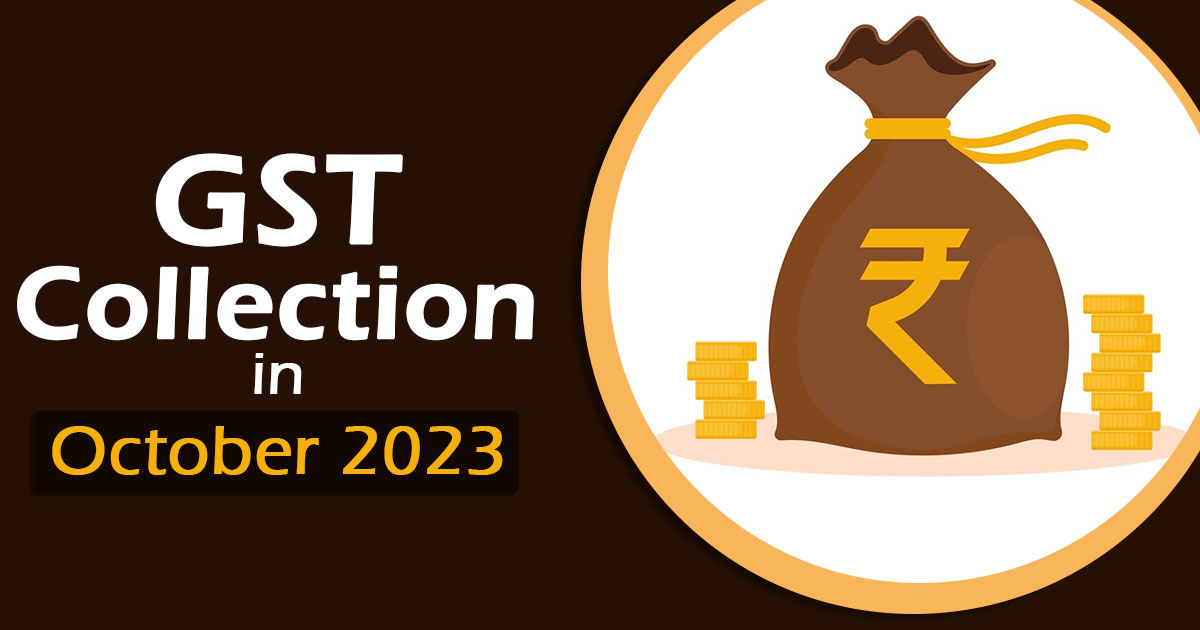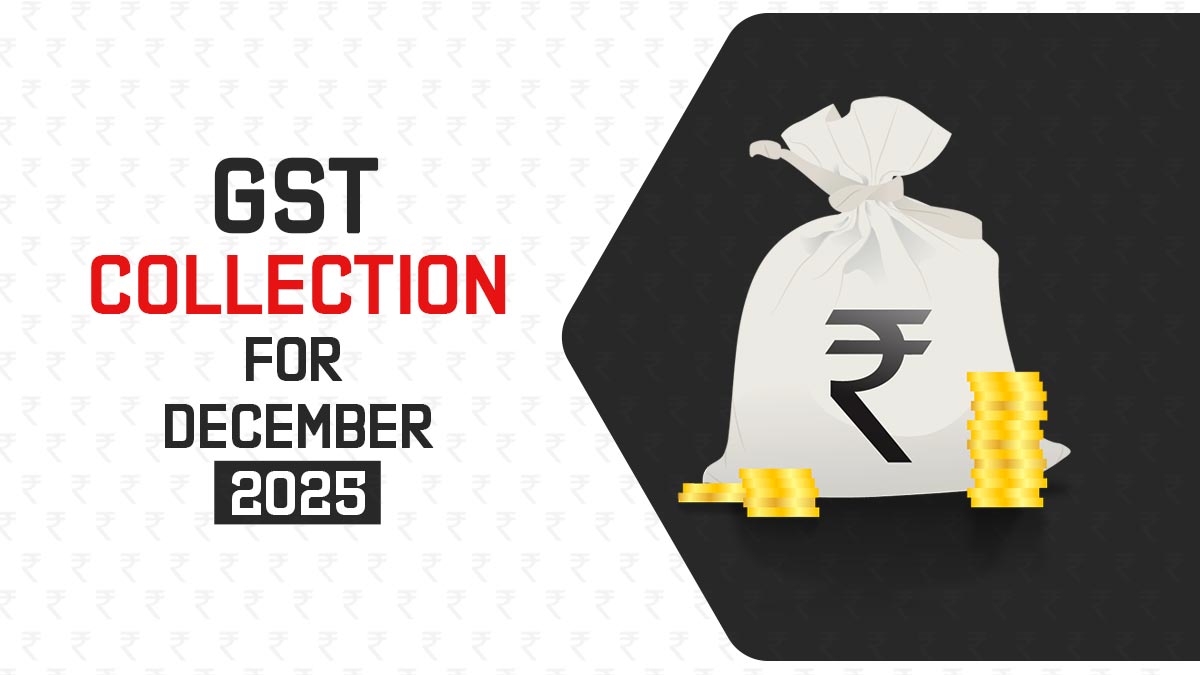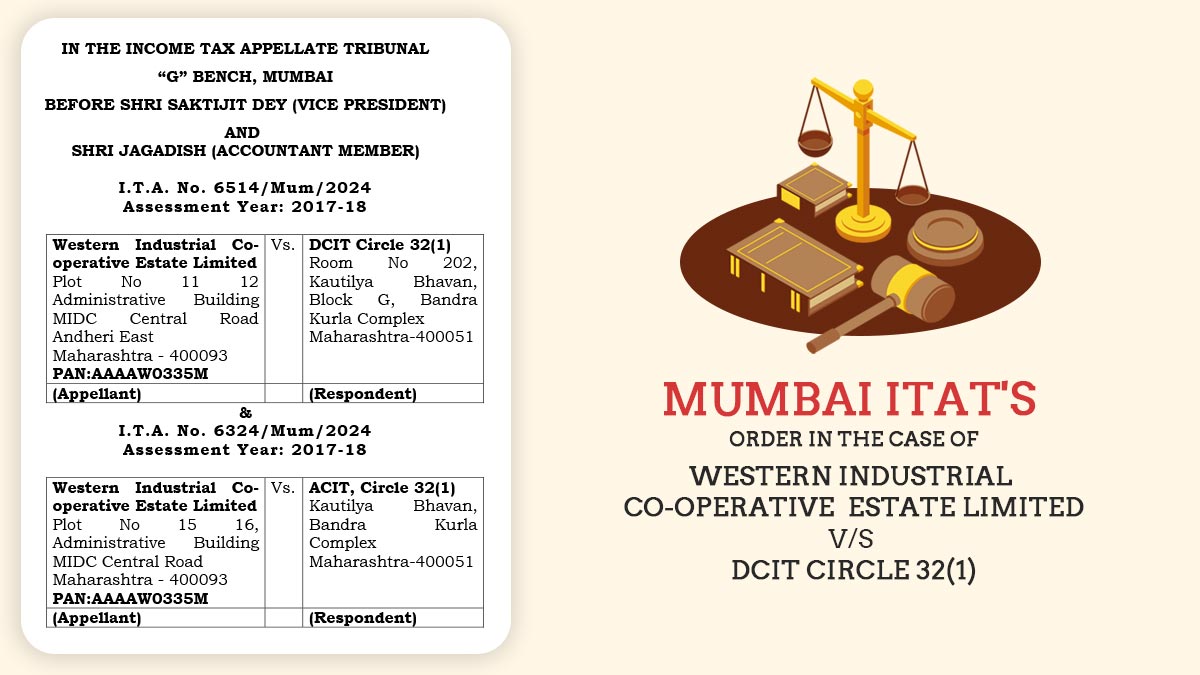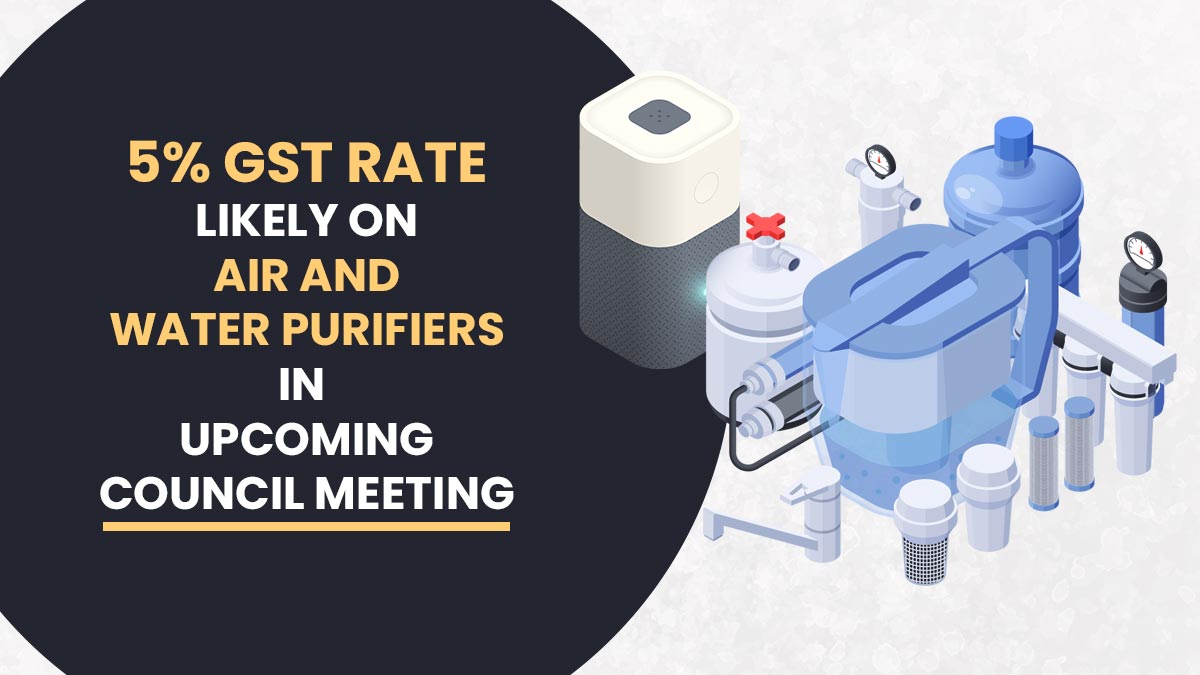
In October, the combined revenue from Goods and Services Tax (GST) collected by central and state governments reached ₹1.72 trillion, marking a notable 13% surge compared to the previous year. This figure represents the second-highest monthly collection since the implementation of the new tax system in 2017.
The cumulative GST earnings for this year align closely with the 10.5% nominal Gross Domestic Product (GDP) growth forecasted by the finance ministry, indicating a correlation between tax administration efficiency, consumption patterns, and the current collection trends. Throughout the fiscal year 2024, the average monthly GST collection stands at ₹1.66 trillion, reflecting an 11% increase from the previous fiscal year.
Abhishek Jain, KPMG’s indirect tax head and partner, expressed enthusiasm over the mid-year surge in collection, attributing it partly to heightened consumption during festive seasons. He anticipates this trend to persist, contributing to an ongoing rise in tax revenues. Furthermore, he suggested that the considerable increase in collection might be associated with resolving disputes for the FY17-18 period, given the looming end of the regular limitation period by September 30.
The central government received ₹72,934 crore in October from taxes on inter-state sales, while the states garnered ₹74,785 crore, according to the finance ministry. Additionally, revenue from the GST cess, imposed on items like luxury vehicles, amounted to a robust ₹12,456 crores for the month.
Experts note that the growth in GST collections has been substantially supported by improved administrative efficiency and a structural change, particularly in the form of micro-enterprises obtaining GST registration. This shift has broadened the tax base and facilitated the formalization of the economy.
The remarkable surge in collections, the second-highest ever recorded, stands as a testament to the swift expansion of the Indian economy. The vitality of the domestic economy has played a pivotal role in driving the escalating tax revenues.
Enhanced tax compliance, facilitated by the broadening of the tax base and the use of data analytics and comparative tools to detect tax evasion and underpayments, has notably contributed to the high collections in October 2023. With the imminent festive season, it’s anticipated that GST collections will continue to demonstrate strength.
During the period between April and August, indirect tax revenues exhibited a relatively modest growth of 7.8%, while the primary growth was observed in direct taxes, accumulating a substantial 26.6% increase.
D.K. Srivastava, chief policy adviser at EY India, highlighted the government’s ability to maintain momentum in frontloading capital expenditure, which saw a cumulative growth of 48.1% from April to August in fiscal year 2024, all without significant escalation in fiscal deficit.
As of August, the cumulative fiscal deficit of the government reached only 36% of the annual budgeted target. In the initial half of fiscal year 2024, gross GST collections totaled ₹9.92 trillion, demonstrating an 11.1% growth compared to the corresponding period in fiscal year 2023.
Read Also: J&K GST Collections Rise 33%, e-Filing Data Shows Remarkable Achievement
Srivastava emphasized that high-frequency indicators for August and September signalled robust growth momentum. These indicators included elevated power consumption with a 10.1% rise in September, following a 15-month high of 17.4% in August. Additionally, gross bank credit displayed a robust 14.9% growth in August, an improvement from 14.7% in July. Industrial Production (IIP) surged to a 14-month high, reaching 10.3% growth in August.
Important: Maharashtra GST Collection in 2022-23 Accounts for 15% of the Country’s Total
The overall increase in GST revenue from April to October 2023, compared to the corresponding period last year, stands at 11%. This is slightly below the anticipated growth of 12% in central and state Goods and Services Tax, inclusive of compensation cess revenue. It’s crucial to highlight that even a 1% shortfall in GST revenue from the projected budget could potentially result in approximately a 0.03% impact on achieving the fiscal deficit target for the fiscal year 2024.









